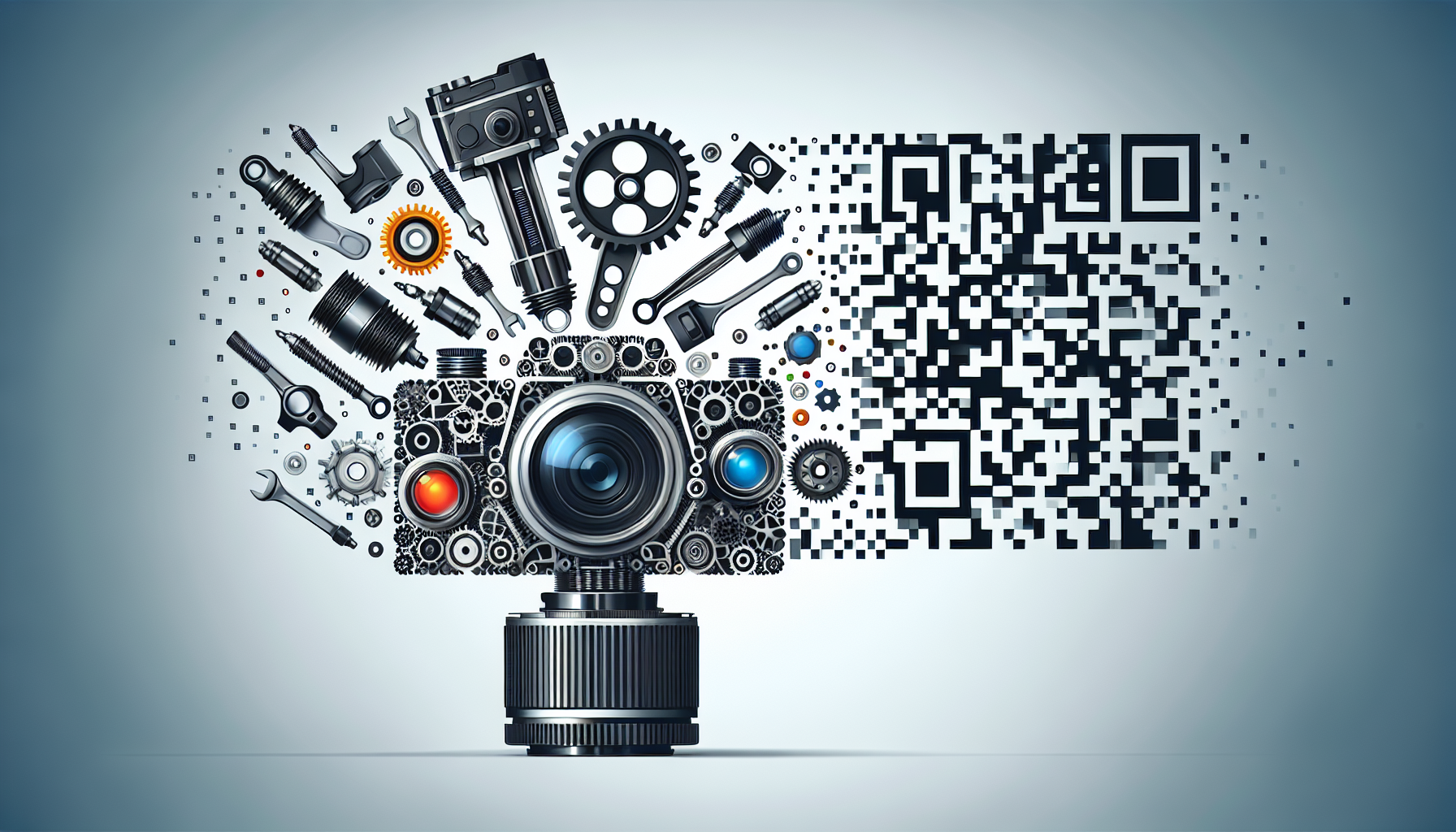
From Car Parts to Your Camera: The Unlikely Genius Behind the QR Code
Take a look around you. It’s on the menu at your favorite cafe, on your concert ticket, at the bus stop, and on the box of your latest gadget. That little black-and-white square, a mosaic of pixels, has become a silent, powerful bridge between our physical world and the digital universe. We scan it without a second thought. But have you ever stopped to wonder where the Quick Response (QR) code came from? It wasn’t born in a Silicon Valley boardroom or a trendy startup incubator. Its story begins in a much more industrious setting: the factory floor of the Japanese automotive industry.
This is the story of a simple solution to a complex problem—a tale of foresight, generosity, and an innovation that was decades ahead of its time.
The Barcode’s Breaking Point
Before the QR code, there was the barcode. That familiar series of vertical lines was a revolutionary piece of technology in its own right, streamlining retail and logistics since the 1970s. But by the early 1990s, its limitations were becoming a major bottleneck, especially in high-speed, complex manufacturing environments.
Imagine the intricate dance of a car assembly line. Thousands of parts, each needing to be tracked with perfect accuracy. The barcode, however, could only hold about 20 alphanumeric characters of information. This was barely enough for a simple product identifier. Furthermore, it was a one-dimensional code, meaning it had to be scanned in a specific orientation, slowing down the relentless pace of production. The need for better automation was clear, but the existing software and hardware were hitting a wall.
This was the exact challenge facing Denso Wave, a subsidiary of Toyota. Their engineers needed a way to encode more information—including complex Kanji and Kana characters for their Japanese logistics—and a way to read it faster and more reliably. They needed a code that could keep up with the speed of modern manufacturing.
A Spark of Genius Inspired by a Game
The task fell to a team led by engineer Masahiro Hara. In 1994, after over a year of development, they unveiled their solution. Hara has said that the inspiration for the iconic square shape and the position-detection patterns came from the black and white stones on the board of his favorite lunch-time game, Go.
The result was a two-dimensional code that was a quantum leap beyond the barcode. Here’s what made it so brilliant:
- Massive Data Capacity: While a barcode held 20 characters, a QR code could store over 7,000. This allowed for entire URLs, contact information, or detailed component specs to be embedded directly in the code.
- 360-Degree Readability: The three distinctive squares in the corners (the “eyes” or position-detection patterns) allow a scanner to instantly know the code’s orientation. You can scan it from any angle, upside down or sideways, making the process incredibly fast. This was a game-changer for factory automation.
- Built-in Error Correction: This is perhaps its most ingenious feature. The QR code’s design incorporates the Reed-Solomon error correction algorithm. This means that even if up to 30% of the code is damaged, dirty, or obscured, it can still be read perfectly. It was a robust solution built for the messy reality of a factory floor, not a sterile lab.
This wasn’t just an upgrade; it was a complete reimagining of what a scannable code could be. It was a piece of sophisticated software logic encoded in a simple visual pattern.


